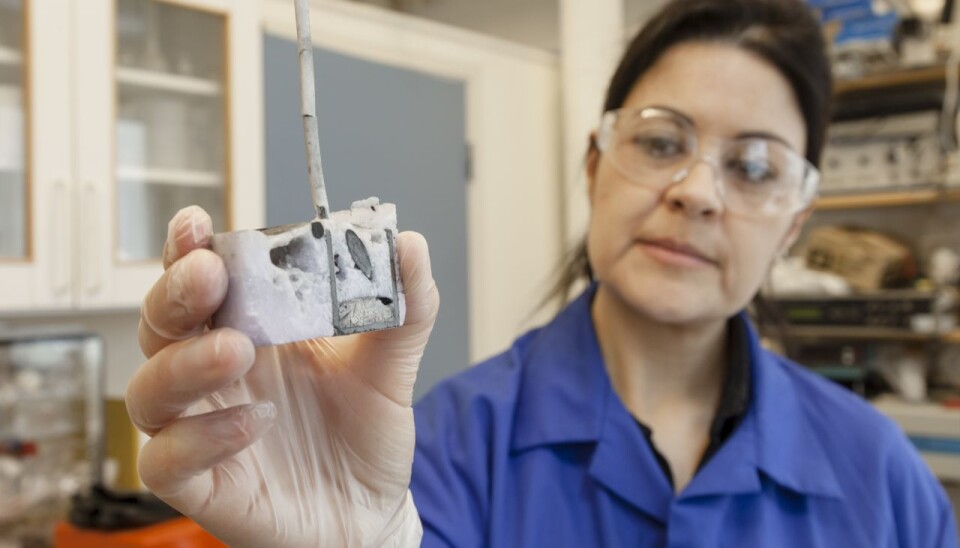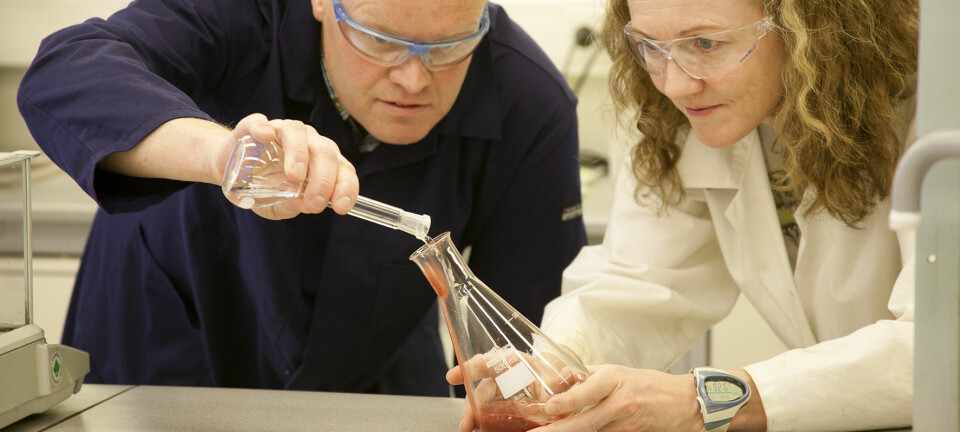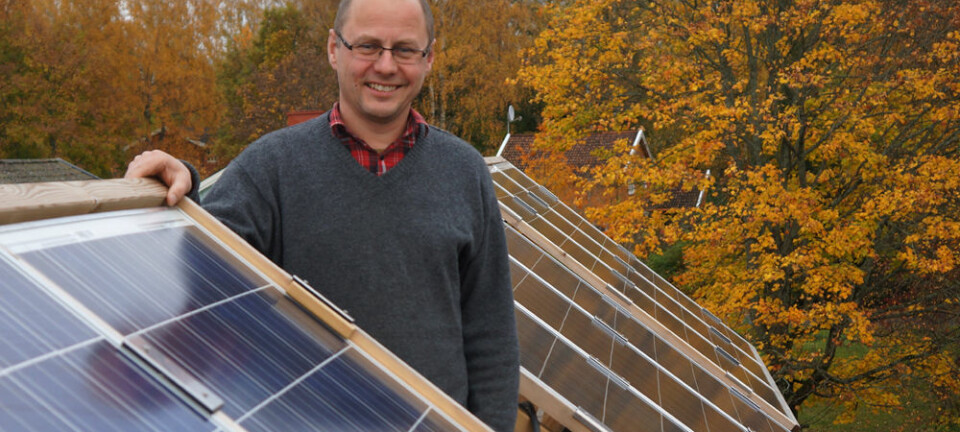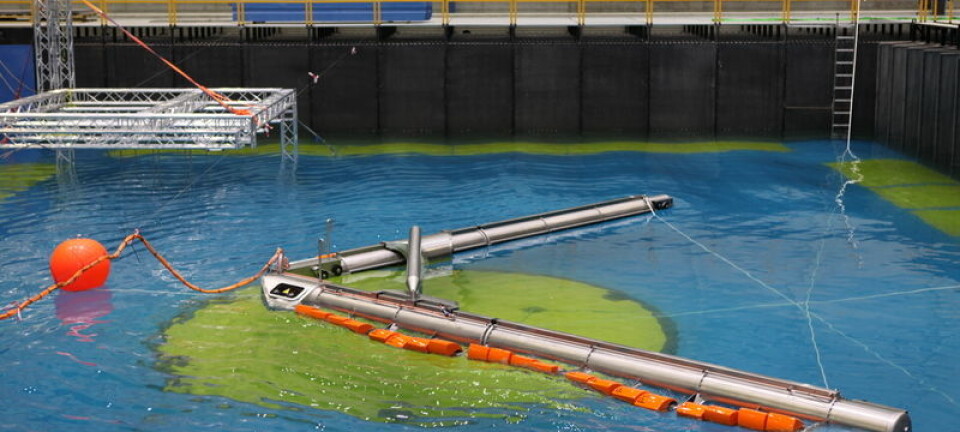An article from Norwegian SciTech News at SINTEF

Urgent need to recycle rare metals
Rare earth metals are important components in green energy products such as wind turbines and eco-cars. But the scarcity of these metals is worrying the EU.
Denne artikkelen er over ti år gammel og kan inneholde utdatert informasjon.
The demand for metals such as neodymium (Nd) and dysprosium (Dy) is increasing much faster than production.
These metals are used in technologies such as the generators that store power in wind turbines, and the electric motors that propel electric and hybrid cars. But they are also used in everyday products like computers and mobile phones.
Rare earth metals do occur in the earth's crust, but not in sufficiently high concentrations. This is why only one country – China – has so far been supplying the entire world with these elements.
However, in recent years, China has begun to restrict its export of these materials.
Forecasts show that as early as next year, these metals will be hard to come by.
Clean material
This explains why the recycling of rare earth metals from scrap is fast becoming an important research topic. Seven major European research institutes (Fraunhofer, CEA, TNO, VTT, SINTEF, Tecnalia and SP) have joined forces to invest in a joint programme (Value from Waste) aimed at tackling this important issue.
"The aim is to extract valuable materials from the waste streams. The challenges lie in the fact that the material must be sufficiently clean in order to be recycled, and we have to be sure that it is not contaminated by other harmful materials", explains Odd Løvhaugen at SINTEF ICT.
Researchers are therefore focusing much of their work on finding out which products could contain pollutants, which methods are best for analysing and measuring the content of the polluted materials, and when such products can be expected to be found in waste.
They are also evaluating extraction methods, techniques to recycle nanoparticles in the treatment process, and how the constituents of ash can be analysed after incineration.
Technology from the aluminium and smelting industry
Two groups of material technologies are in the race to find good analytical and extraction methods. The approach chosen by the researchers involves a technology well-known from the aluminium and smelting industry.
In the search for sources of recycling material, many people have been considering permanent magnets. This is the most significant product to contain rare earth metals – measured both in terms of value and volume.
On the basis of tests, SINTEF researchers believe that the electrolysis technology used in aluminium plants can be used to recycle magnetic alloys from discarded magnets and scrap material from magnet manufacturers.
It will take some time before there are enough scrap eco-cars to be able to recycle their motors, which is why they are turning to the magnet manufacturers for the magnetic alloys.
However, the process is still slow, and there is a lot of work still to be done before the researchers will know whether they will be able to achieve their goal. If they are successful, they will have found a method that is much simpler than alternative processes based on the use of strong acids.
Solutions needed
Several other problems must also be solved for the stages before the electrolysis process.
Among other things, we need collection and disassembly methods for used magnets, and the magnets themselves must also be demagnetised locally, since the long-distance transport of intact permanent magnets is prohibited.
"Other challenges include finding methods that can identify and characterise nanoparticles in gases, water and solid materials", says Odd Løvhaugen.
"And we must create a toolbox of methods to evaluate the behaviour of nanoparticles in waste treatment processes".
------------------
Read the Norwegian version of this article at forskning.no


































